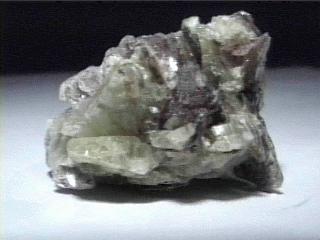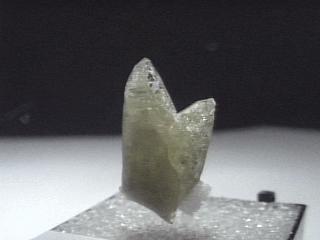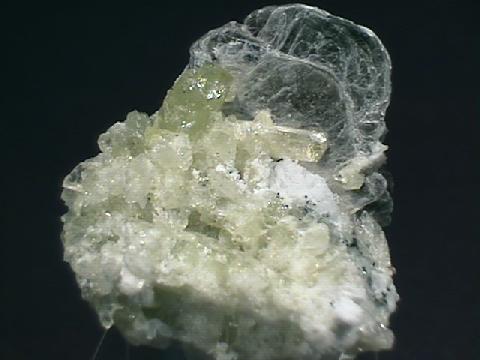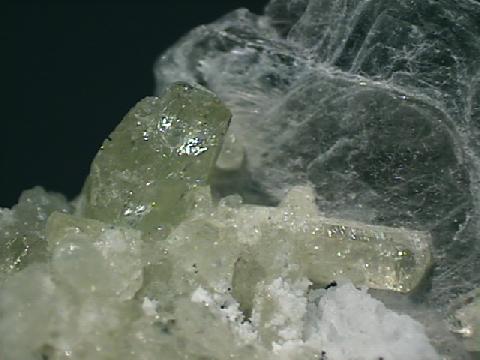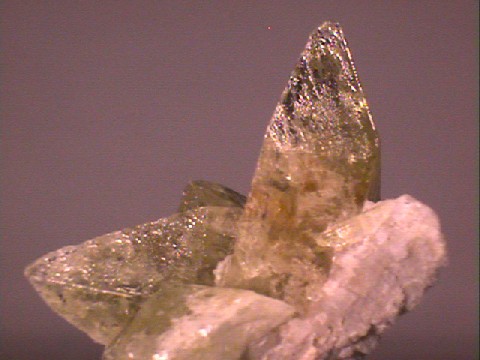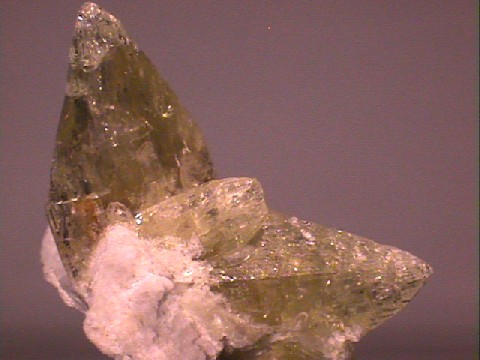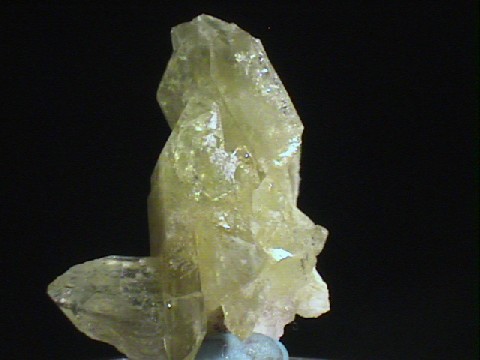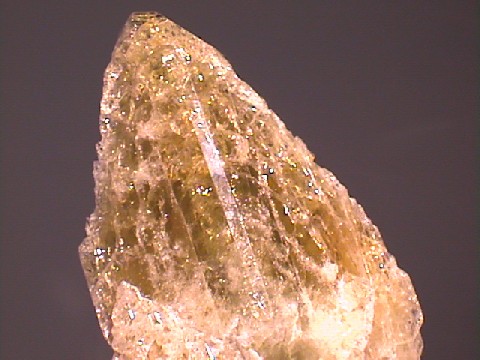 THE MINERAL BRAZILIANITE
THE MINERAL BRAZILIANITE
- Chemistry: NaAl3(PO4)2(OH)4, Sodium Aluminum Phosphate Hydroxide.
- Class: Phosphates
- Uses: As a gemstone and as mineral specimens
Specimens
It has a fair luster and interesting color, a yellow to greenish yellow. It may look a little like yellow topaz but brazilianite tends to be more green. Although not as hard as most other gemstones, it is one of the hardest phosphate minerals.
Brazilianite is found in phosphate rich pegmatites. The igneous pegmatites are rather unusual for their phosphate content. Brazilianite was discovered in Brazil (hence the name) and was later discovered in New Hampshire at the Palermo Mine. The discovery at the Palermo Mine surprised many geologists who had studied the minerals there in detail and yet had "missed" this new mineral.
PHYSICAL CHARACTERISTICS:
- Color is yellow to greenish yellow and colorless.
- Luster is vitreous.
- Transparency: Crystals are transparent to translucent.
- Crystal System: Monoclinic; 2/m
- Crystal Habits include complex short prismatic and wedge shaped crystals that seem to lack any symmetry. Crystals are very common, and massive examples are almost unknown.
- Cleavage is perfect in one direction.
- Fracture is conchoidal.
- Hardness is 5.5
- Specific Gravity is approximately 3.0 (average for translucent minerals)
- Streak is white.
- Other Characteristics: Crystals are striated and the index of refraction is 1.60 - 1.62
- Associated Minerals are quartz, feldspars, muscovite and primary and secondary phosphates associated with phosphate rich pegmatites.
- Notable Occurrences include Conselheiro Pena and other mines in Minas Gerias, Brazil and Smith Mine, Newport, New Hampshire.
- Best Field Indicators are color, crystal habits, low density and cleavage.

